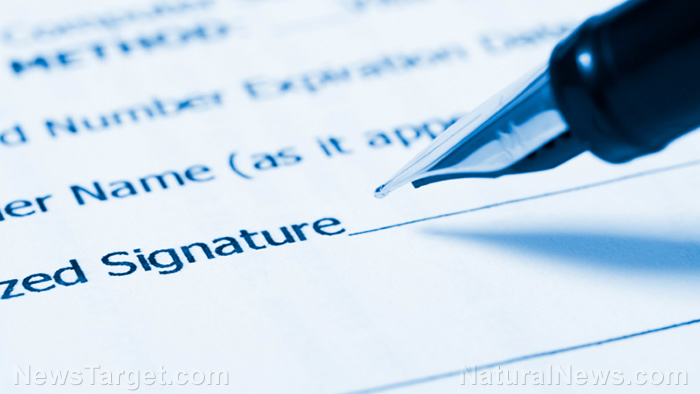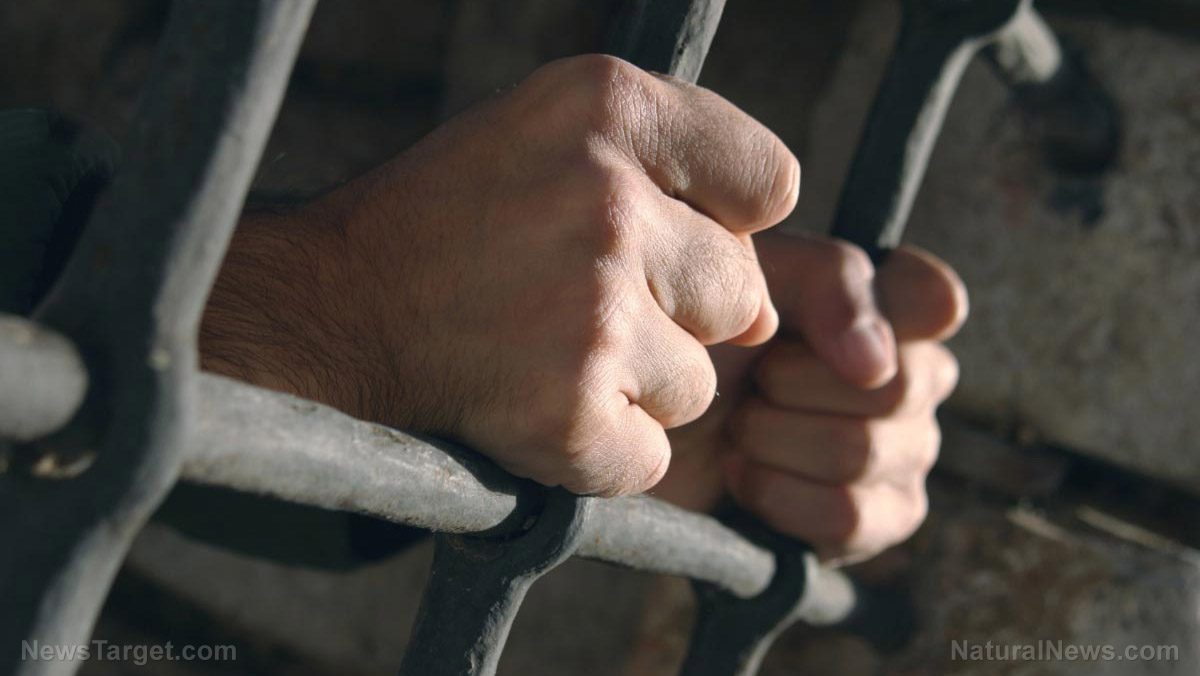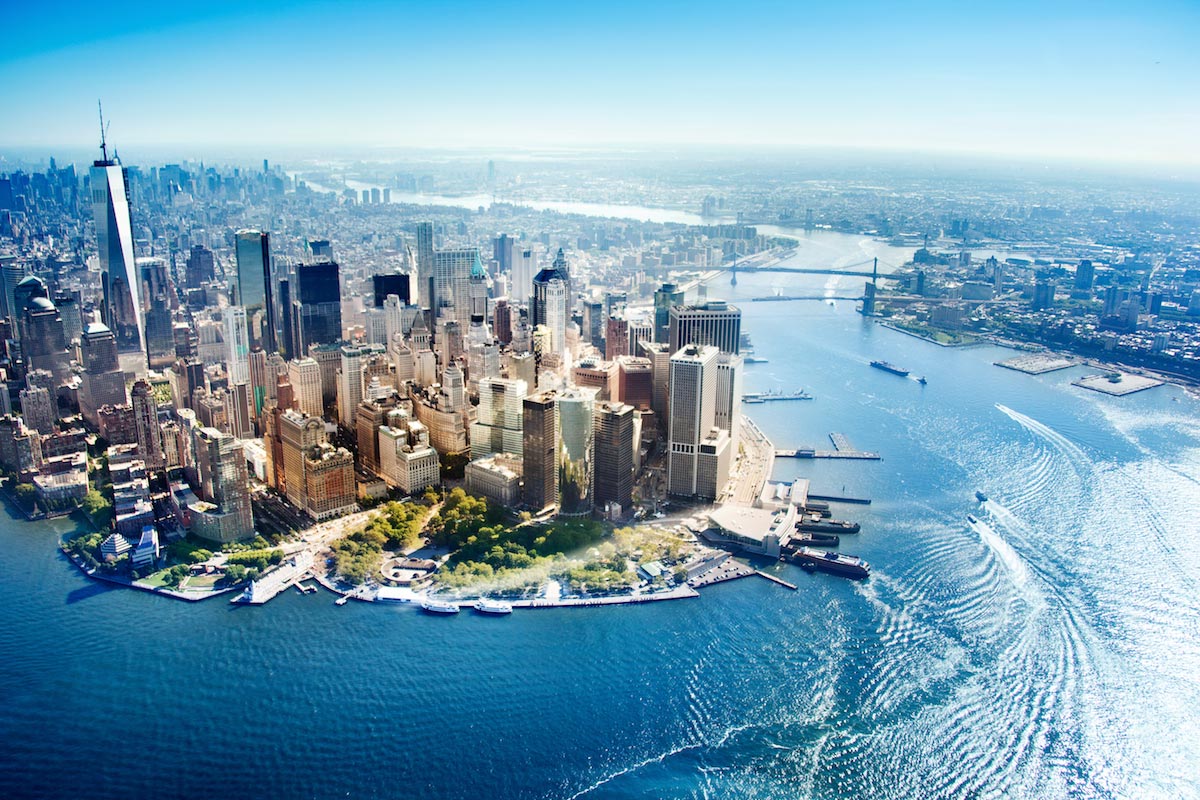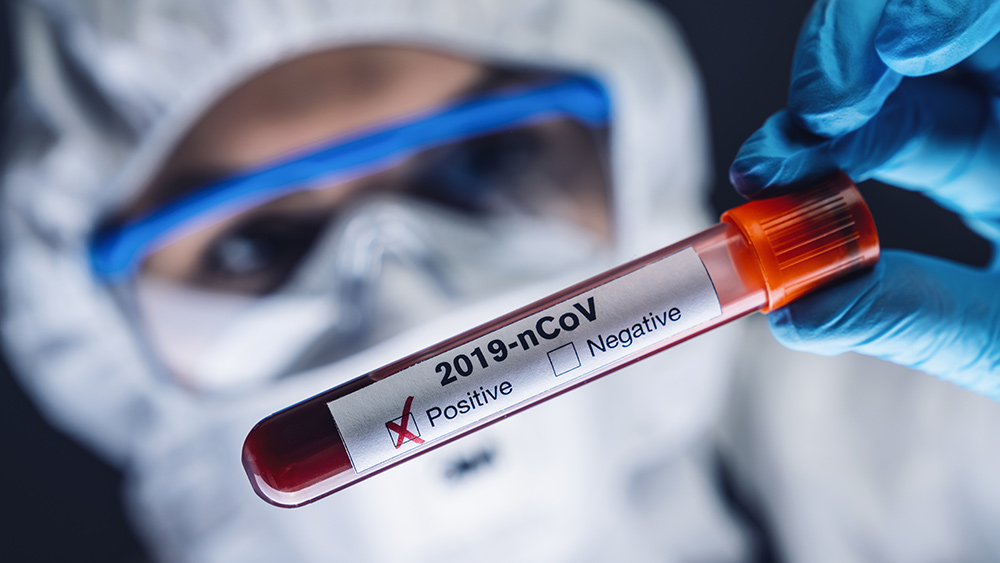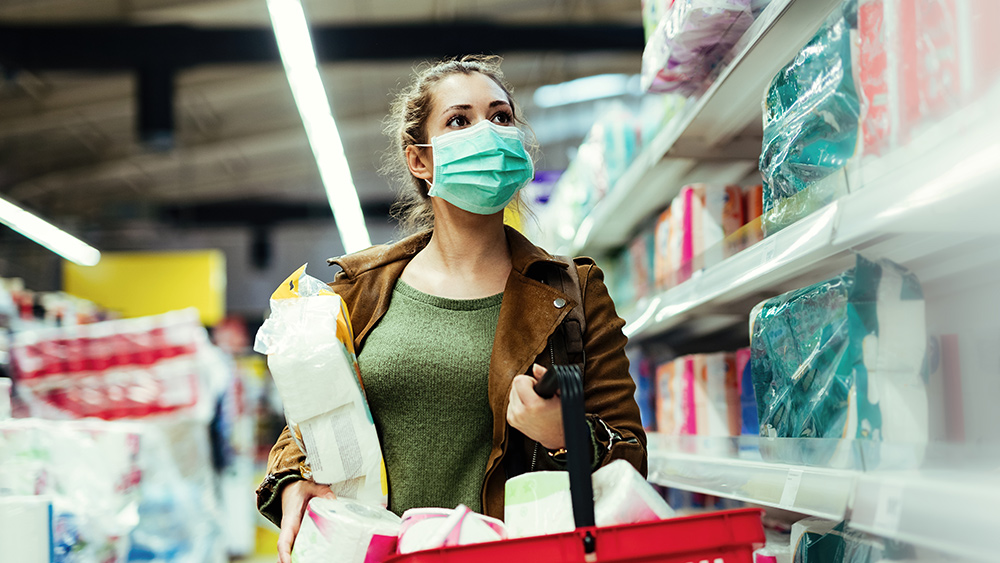Hong Kong experiencing a record jump in coronavirus cases
07/23/2020 / By Cassie B.
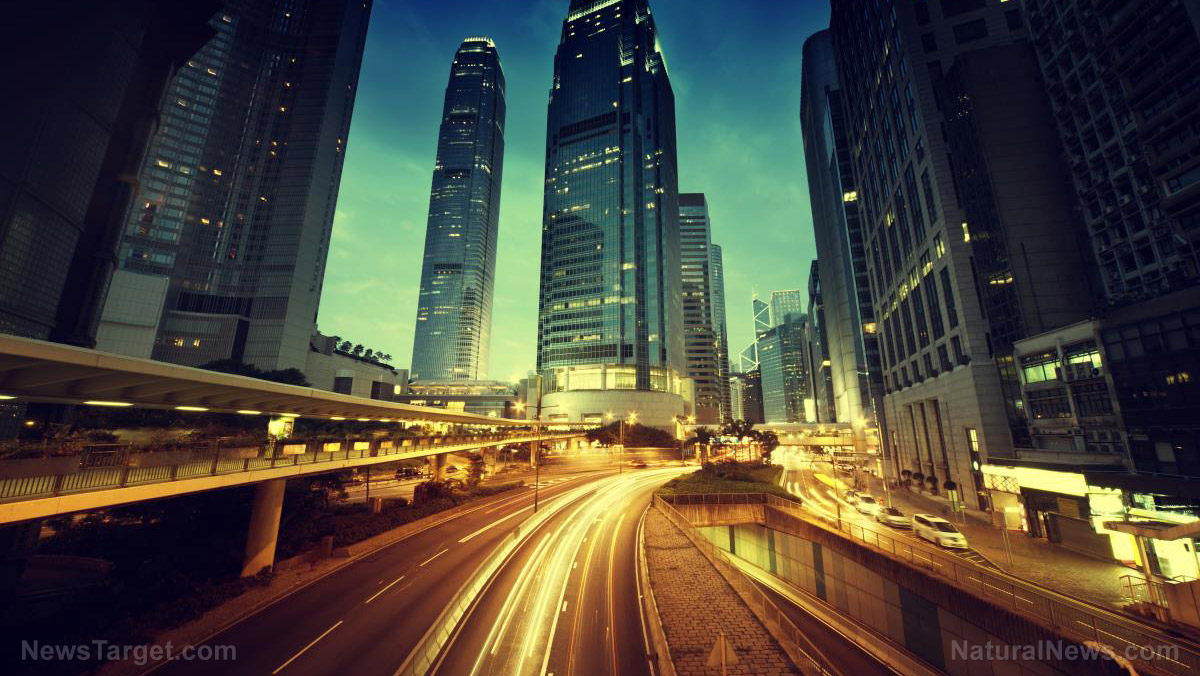
In the early days of the coronavirus pandemic, Hong Kong was often praised for the early and strict measures it put in place to seal its borders and carry out test-and-trace protocols that kept the virus under control there. However, the city is now suffering a second wave of the virus that is growing at a frightening pace.
Although Hong Kong was one of the first cities to report coronavirus cases, they appeared to have gotten local transmission under control by the start of June. However, as foreign travelers have been allowed back into the city, the virus has come back in a big way over the past two weeks. Unfortunately, the city is considered one of the most densely populated places on the planet and counts 7.5 million in its population.
On Sunday, Hong Kong confirmed 108 new infections during the previous 24 hours. 83 of them were said to be locally transmitted, while 25 cases were imported. This figure broke the record for the city’s biggest daily total since the global outbreak began toward the end of last year. Thirty-five of these cases were linked to existing clusters, including people who dined at restaurants in the cities of Mong Kok and Tsz Wan Shan.
In the past two weeks, Hong Kong has seen more than 500 new infections, and their total tally has reached 1,788 cases and 12 deaths.
In response, they have put new social distancing measures in place in recent weeks. Gyms, bars and nightclubs have all been closed, and restaurants are restricted to offering only takeout services in the evenings. Mask wearing has been made mandatory in all public spaces, and the city’s 180,000 civil servants will be working from home.
In addition, authorities are ramping up testing, particularly in high-risk populations such as restaurant workers and taxi drivers. The city’s chief executive, Carrie Lam, said that they plan to test 10,000 people a day.
Lam has announced that isolation and quarantine facilities will be upgraded to help protect against the resurgence. Around 2,000 new quarantine units are being built near Hong Kong Disneyland.
New outbreak involves virulent strain that is 30 percent more infectious
According to one of the city’s top epidemiologists, part of the problem is that the infections they are seeing come from an especially virulent strain that is 30 percent more infectious than typical strains of the virus.
Lam told reporters: “I think the situation is really critical and there is no sign the situation is being brought under control.”
The current outbreak is affecting more older patients than before, which means more cases are likely to turn critical. The median age has now gone up from 40 to 55, with clusters forming in nursing homes.
The wave of infections comes at a bad time for Hong Kong, which was already in the midst of a recession when the pandemic hit due to the trade war between the U.S. and China and political unrest last year. The new lockdown is only adding to its economic woes.
Earlier this month, Hong Kong Disneyland closed less than a month after re-opening as cases started to climb. Several pro-democracy gatherings have been canceled in recent weeks, including a vigil for victims of the 1989 Tiananmen Square massacre and an annual pro-democracy rally. This prompted some people to fear the police were using the outbreak as an excuse to prevent pro-democracy gatherings. Tens of thousands of people defied the ban and attended anyway, which may have contributed to the spread of the disease.
The situation in Hong Kong reminds us that just because cases are going down in an area does not mean that it’s safe to circulate without precautions. No matter how many cases there are in your area, it remains essential to practice social distancing, wear a mask and keep your immune system in top shape.
Sources for this article include:
Tagged Under: coronavirus, covid-19, Hong Kong, infections, outbreak, pandemic, virus
RECENT NEWS & ARTICLES
Pandemic.News is a fact-based public education website published by Pandemic News Features, LLC.
All content copyright © 2018 by Pandemic News Features, LLC.
Contact Us with Tips or Corrections
All trademarks, registered trademarks and servicemarks mentioned on this site are the property of their respective owners.



